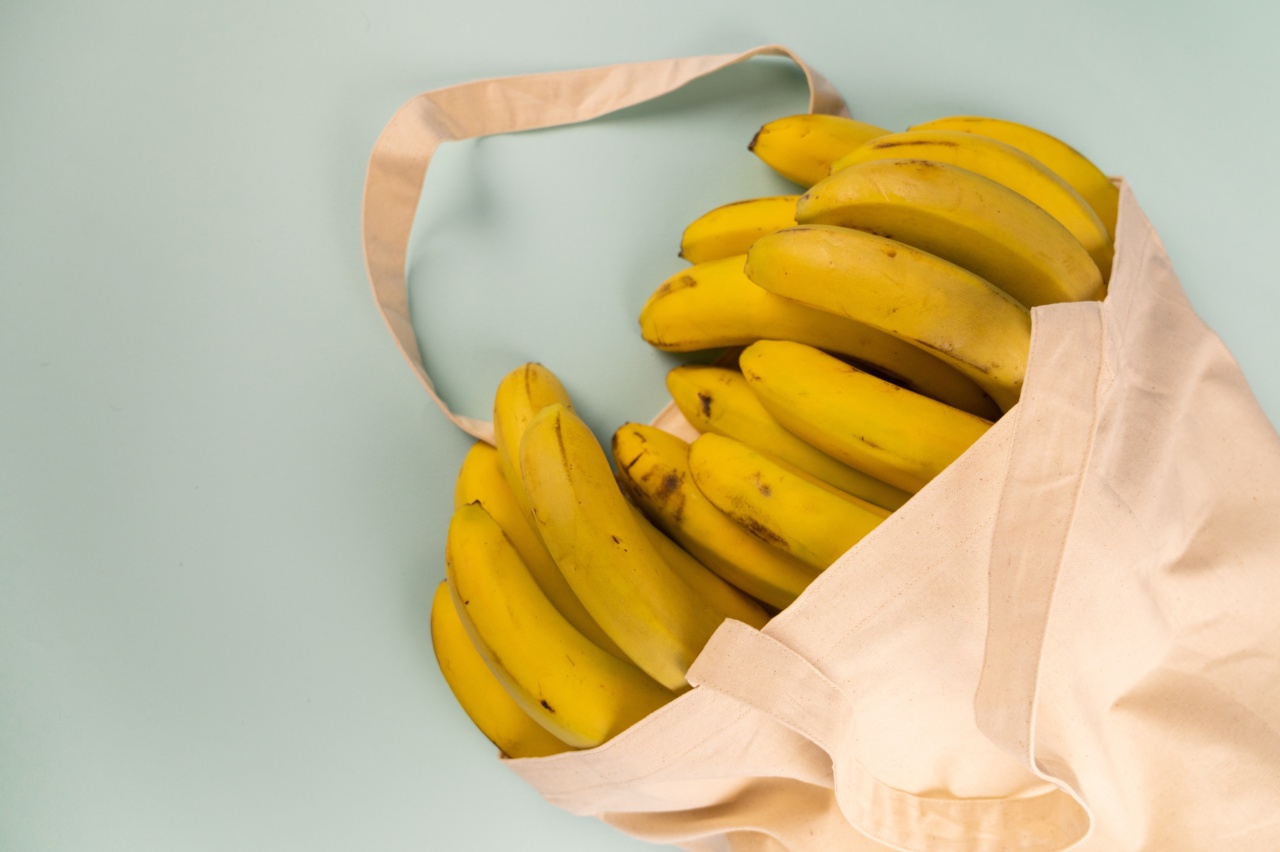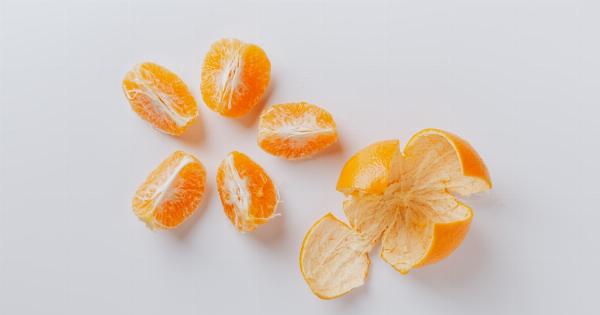Many of us peel off the skins of fruits and vegetables and throw them away without realizing that they contain a significant amount of nutrients.
By discarding these peels, we are not only wasting food, but also missing out on essential vitamins, minerals, and fiber. Here are some healthy reasons to reconsider throwing away peels:.
1. Boost Your Immune System with Citrus Peels
The peel of citrus fruits such as oranges, lemons, and grapefruits contains high amounts of flavonoids, which have powerful antioxidant and anti-inflammatory properties.
Flavonoids help to fight against free radicals that can damage your cells, and can help to reduce the risk of chronic diseases such as heart disease and cancer. Furthermore, citrus peels contain high levels of vitamin C, which is essential for a healthy immune system and skin.
2. Support Digestive Health with Apple Peels
Apple peels are rich in fiber, which plays a crucial role in maintaining healthy digestion. Fiber helps to regulate bowel movements, prevent constipation, and even reduce the risk of colon cancer.
Additionally, the polyphenols present in apple peels have prebiotic effects that nourish the good bacteria in your gut. When you eat an apple, leave the skin on to maximize the nutritional benefits.
3. Reduce Inflammation with Potato Peels
The skin of a potato may not be the most appetizing part, but it is actually one of the healthiest. Potato peels contain high amounts of vitamin C and phytochemicals that fight inflammation in the body.
Inflammation can lead to chronic diseases such as arthritis, diabetes, and heart disease. By adding potato peels to your diet, you can help to reduce your risk of chronic inflammation and associated health problems.
4. Protect Your Eyes with Carrot Peels
Carrot peels contain a variety of nutrients, including beta-carotene, which is converted into vitamin A in the body. Vitamin A is essential for eye health and can help to prevent degenerative eye diseases such as macular degeneration.
Additionally, carrot peels are a good source of fiber and contain antioxidants that protect against damaging free radicals.
5. Improve Heart Health with Beetroot Peels
Beetroot peels contain high levels of nitrates, which can help to lower blood pressure and improve heart health. Nitrates are converted into nitric oxide in the body, which helps to dilate blood vessels and improve blood flow.
Additionally, beetroot peels contain a variety of vitamins and minerals, including vitamin C, magnesium, and potassium, which are all essential for a healthy heart.
6. Reduce Waste and Save Money
By using the peels of fruits and vegetables instead of throwing them away, you not only reduce food waste, but also save money. You can use fruit and vegetable peels to make soups, stocks, teas, and even snacks.
For example, you can make crispy potato peelings by seasoning them with salt, pepper, and olive oil and baking them in the oven.
7. How to Eat More Peel
When it comes to eating peel, make sure that you buy organic fruits and vegetables, or wash them thoroughly if conventional.
If you don’t like the taste or texture of the peel, you can add it to a smoothie or juice, or use a food processor to grind it into a powder that can be added to recipes. You can also experiment with different cooking methods – for example, roasting or grilling potato peels can make them crispy and flavorful.
Conclusion
By incorporating fruit and vegetable peels into your diet, you can significantly increase your nutrient intake and reduce your risk of chronic diseases.
So next time you are about to throw away the peel, think twice and consider the health benefits that you may be missing out on.





























